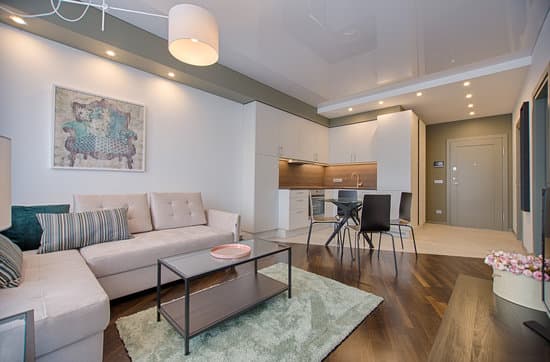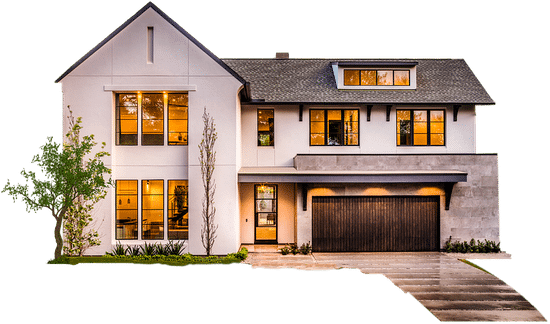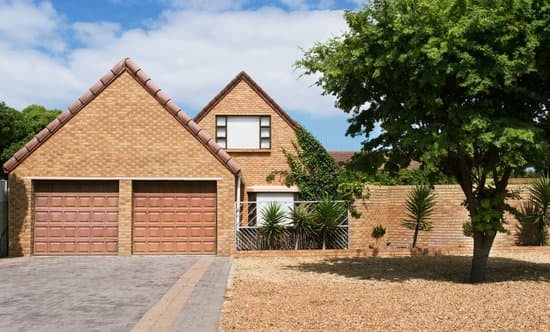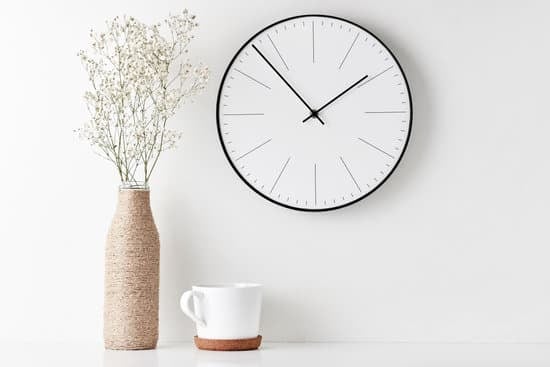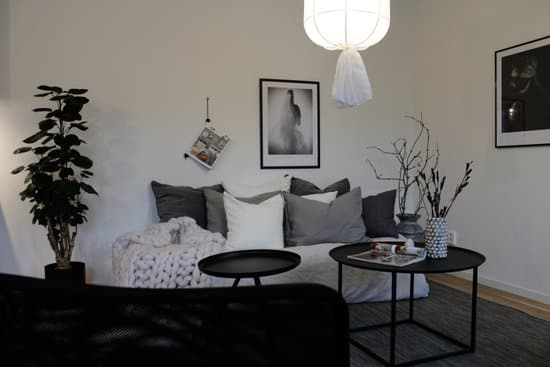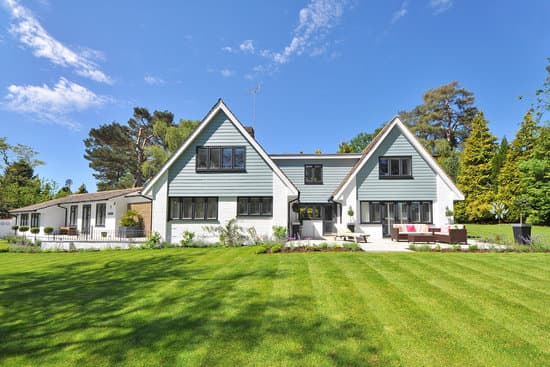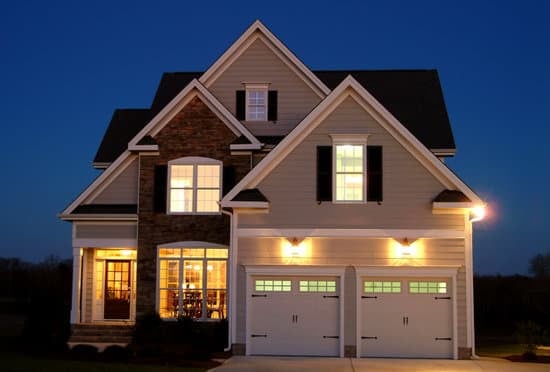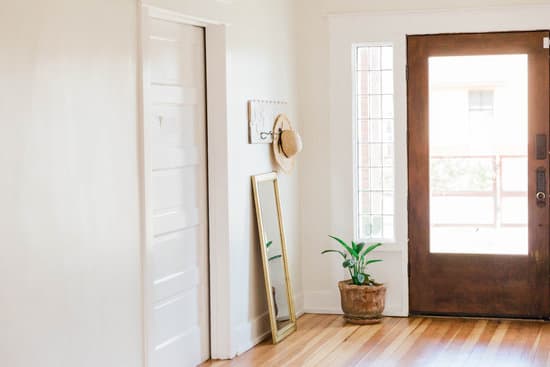What Are Some of the Problems of Outdoor Living?
The appeal of outdoor living spaces is undeniable, and with a little creativity and planning, homeowners can create a backyard oasis that is both beautiful and functional. However, outdoor living comes with its share of challenges. In this article, we will take a look at some of the most common problems associated with outdoor living and explore practical solutions to these challenges.Erosion: A Common Challenge for Outdoor Living Spaces
One of the biggest challenges of outdoor living is erosion. Erosion can be a frequent issue in homes with slopes or hills. Rainwater runs down the slope and carries away dirt, rocks, and other materials. This process can cause damage to the lawn or even lead to flooding and other serious issues. To manage erosion, homeowners need to take several steps. First, they should add soil amendments to improve the soil’s stability. Using plants with deep roots can also help hold the soil in place. Additionally, installing retaining walls and other erosion-control structures can provide long-term solutions to the problem.Understanding Poor Drainage: A Major Issue for Outdoor Areas
Uncontrolled water flow is another major issue that homeowners face when it comes to outdoor living spaces. Poor drainage can lead to soggy lawns, standing water, and even flooding. This is especially problematic in areas that receive heavy rainfall. Homeowners can take several steps to address poor drainage. Installing a french drain can help redirect water away from the yard and reduce the risk of standing water. Additionally, grading the yard so that it slopes away from the house can divert water away from the foundation. Regular maintenance such as cleaning gutters, downspouts, and yard drainage systems can also help keep water flowing freely.Unstable Soil: An Ongoing Battle for Outdoor Living
Whether homeowners have a small backyard or a sprawling estate, soil instability can be a major problem. Soil instability can be caused by a variety of factors, including heavy rain, erosion, and poor drainage. Unstable soil can lead to a host of problems, including structural damage to the home, uneven or damaged landscaping, and even safety hazards. To address soil instability, homeowners should begin by identifying the underlying cause of the problem. If the instability is related to poor drainage, for instance, addressing the drainage issue can help stabilize the soil. Additionally, soil amendments, such as compost, lime, or gypsum, can help improve soil structure and prevent erosion.The Problem of Privacy: Balancing Openness with Seclusion
Many homeowners enjoy entertaining guests or simply relaxing in the backyard. Privacy, however, can be a major issue for those who want to enjoy their outdoor space without feeling exposed or vulnerable. Fences and other privacy structures can offer a solution, but these can also detract from the natural beauty of the yard. When it comes to privacy, homeowners need to find a balance between openness and seclusion. This can be achieved through thoughtful landscaping techniques, such as using trees, shrubs, or other plants to create natural borders. Additionally, investing in high-quality outdoor lighting can make the yard feel more private without sacrificing its natural beauty.Accessibility Matters: Inadequate Entryways Can Limit Outdoor Living
Finally, accessibility is a key consideration when it comes to outdoor living spaces. If the entryways to the yard are inadequate or unsafe, homeowners may be limited in their ability to enjoy their outdoor space fully. This can be especially problematic for those with disabilities or mobility issues. To promote accessibility, homeowners should ensure that entryways are clear, safe, and easy to navigate. Adding ramps, railings, and other features can make it easier for everyone to enjoy the yard. Installing lighting along walkways can also improve visibility and safety, especially after dark.Practical Solutions: Managing Erosion, Drainage, Soil Stability, Privacy, and Accessibility Challenges
Managing these challenges can be daunting, but it’s not impossible. In fact, there are many practical solutions that homeowners can use to address these issues. Here are some tips and tricks for managing erosion, drainage, soil stability, privacy, and accessibility challenges in outdoor living spaces:- Invest in high-quality landscaping materials and drainage systems to prevent erosion and water damage.
- Install a french drain or other drainage system to redirect water away from the yard and the foundation.
- Consider using soil amendments to improve soil structure and prevent erosion.
- Use landscaping techniques to create natural borders and ensure privacy without detracting from the natural beauty of the yard.
- Ensure entryways are safe, clear, and easy to navigate to promote accessibility.
Best Practices for Maintaining Beautiful and Functional Outdoor Spaces
Finally, maintaining an outdoor living space is an ongoing task. Here are some best practices for keeping the yard beautiful and functional:- Regularly inspect and maintain landscaping structures such as retaining walls, fences, and privacy screens.
- Keep gutters, downspouts, and drainage systems clean and clear to prevent clogs and blockages.
- Water plants and grass consistently to keep the lawn healthy and lush.
- Regularly prune trees and bushes to keep them healthy and beautiful.




